MustHave Lacrosse Coaching Gear for 2023MustHave Lacrosse Coaching Gear for 2023
High Quality Helmets Protect Players During Training
Having the right lacrosse helmet is crucial for player safety during practices and games. A high quality helmet designed specifically for lacrosse absorbs impact and helps protect against traumatic brain injuries. When fitting players for helmets, coaches must ensure proper size and fit – an ill-fitting helmet with gaps can expose players to serious risk. Most youth and high school programs require NOCSAE certified helmets that meet performance standards for impact absorption. Top brands like Cascade and Warrior engineer cutting edge helmet tech for optimal protection. Features like interchangeable liners allow custom fit while integrated ventilation channels, antimicrobial padding, and moisture wicking materials keep players cool and sweat-free. Some companies offer high-end titanium face masks for expanded vision. Face mask attachments even allow coaches to clip on GoPro cameras to analyze mechanics and positioning. With girls’ lacrosse often prohibiting full headgear, specialized eyewear like the Cascade LX have gained popularity for protecting eyes and orbital bones from dangerous stick checks. Ultimately, proper lacrosse helmet fit along with regular inspection and replacement every 2-3 years helps minimize head and face injuries during intense on-field action. Coaches must lead by example, wearing helmets themselves and promoting a team culture focused on safety.
Sticks Engineered for Optimal Ball Control and Passing
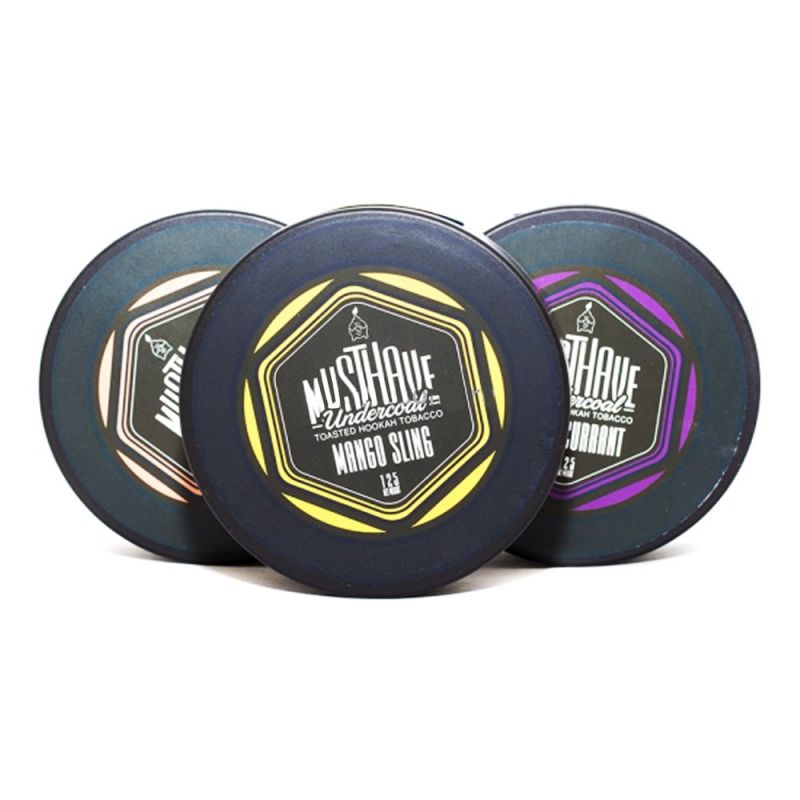
Having the right lacrosse stick is vital for players to develop proper handling and passing techniques. Sticks come in different designs for specific positions – attackmen traditionally use shorter sticks for quicker cradling and shooting while defenders rely on longer poles to intercept passes and checks. Advanced sticks today are engineered with precision features for optimal ball control, handling, and passing accuracy. Offset heads with scooped sidewalls create deeper pockets for cleanly cradling and retaining possession. Composite shafts made of lightweight carbon fiber mixed with resin boost power and precision while reducing fatigue. For youth players, crosses with wider heads and shallower pockets help in initially learning to catch and pass. Experienced midfielders benefit from sticks with a mid-range design ideal for both offensive and defensive roles. Stringing the lacrosse stick is both a science and an art – tighter stringing in the upper third improves accuracy while looser strings below help trap and maintain ball control. Knowing proper stringing techniques allows coaches to restring sticks with the right pocket tension to suit each player’s ability and needs. Testing different head and pocket styles helps determine an ideal fit based on player position, skill level and personal preference. Coaches must ensure sticks meet regulations for overall length based on age as well as inspect for fraying grips or illegal modifications. Mastering lacrosse stick fundamentals gives players the tools to develop into well-rounded players capable of moving the ball quickly upfield or charging the crease with confidence.
Protective Pads Prevent Injuries During Competitive Play

Lacrosse is a high-intensity full contact sport, so wearing properly fitted protective gear is essential for player safety. Pads protect vulnerable areas like shoulders, arms, hands, ribs, and legs from the bruising impacts and checks dished out when battling for ground balls or attacking the goal. Goalies in particular rely on an arsenal of padding to cover their torso, thighs, knees and shins when standing in the line of fire. High-quality pads utilize lightweight foams, plastic caps, and vented compression sleeves to absorb and diffuse the forces from body blows. Moisture-wicking fabrics keep players cool under all that padding. For youth leagues, bulkier and more protective pads level the playing field for players of disparate size and physical maturity. Proper pad sizing involves measuring key contact points like chest, shoulder width, arm length, and knee caps. Ill-fitting pads with gaps or slipping can expose players to nasty stingers and slashes. Some players add elbow pads for extra coverage though most opt for more flexibility. Broken-in pads will mold to a player’s body over time for better comfort and responsiveness. Coaches must enforce wearing pads at all times, setting a zero-tolerance policy for renegade players tempted to ditch pads for greater speed and agility. Pads may restrict mobility to a degree, but promoting a team culture focused on safety helps ensure players can give their all out on the field without fear of injury.
Goalie Gear Creates a Barrier to Save Shots on Goal
Leading Helmet Brands and Technologies
Top brands like Cascade and Warrior are at the forefront of lacrosse helmet technology. These companies invest heavily in research and development to create cutting-edge protective gear. What features set these helmets apart?
- Interchangeable liners for custom fit
- Integrated ventilation channels
- Antimicrobial padding
- Moisture-wicking materials
- High-end titanium face masks for expanded vision
Some helmets even feature face mask attachments that allow coaches to clip on GoPro cameras. This innovative addition enables detailed analysis of player mechanics and positioning during training sessions.
Girls’ Lacrosse: Specialized Eye Protection
In girls’ lacrosse, where full headgear is often prohibited, specialized eyewear has gained popularity. Products like the Cascade LX offer crucial protection for the eyes and orbital bones, guarding against potentially dangerous stick checks.
How often should lacrosse helmets be replaced? Coaches should implement a regular inspection and replacement schedule, typically every 2-3 years, to ensure optimal protection. By leading by example and wearing helmets themselves, coaches can promote a team culture focused on safety.
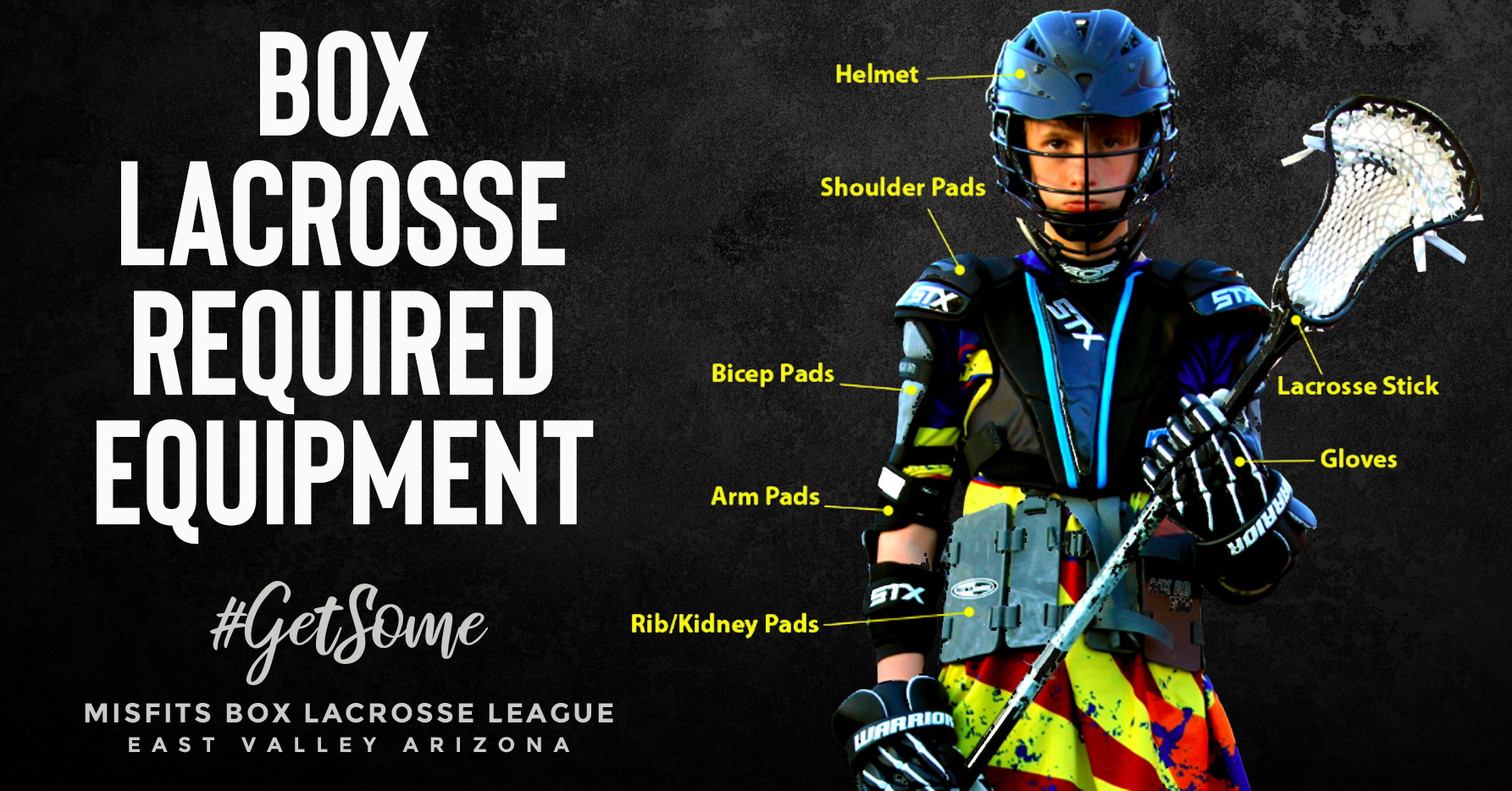
Engineered Sticks: Mastering Ball Control and Passing Precision
The lacrosse stick is more than just equipment; it’s an extension of the player. Having the right stick is vital for developing proper handling and passing techniques. How do stick designs vary by position?
- Attackmen: Shorter sticks for quicker cradling and shooting
- Defenders: Longer poles to intercept passes and execute checks
- Midfielders: Mid-range designs ideal for both offensive and defensive roles
Modern lacrosse sticks are marvels of engineering, featuring precision elements that optimize ball control, handling, and passing accuracy. What key features contribute to enhanced performance?
- Offset heads with scooped sidewalls for deeper pockets
- Composite shafts made of lightweight carbon fiber and resin
- Specialized stringing techniques for improved ball retention and release
Customizing Sticks for Player Development
For youth players, crosses with wider heads and shallower pockets can aid in learning fundamental catching and passing skills. As players progress, coaches can help them experiment with different head and pocket styles to find the ideal fit based on position, skill level, and personal preference.

Stringing a lacrosse stick is both a science and an art. How does pocket tension affect play? Tighter stringing in the upper third improves accuracy, while looser strings below help trap and maintain ball control. Coaches proficient in proper stringing techniques can customize sticks to suit each player’s abilities and needs.
Protective Pads: Shielding Players in High-Impact Situations
Lacrosse is a full-contact sport that demands proper protective gear to ensure player safety. Well-fitted pads shield vulnerable areas from the bruising impacts and checks that occur when battling for ground balls or attacking the goal. Which body parts require the most protection?
- Shoulders
- Arms
- Hands
- Ribs
- Legs
Goalies, in particular, require an extensive array of padding to cover their torso, thighs, knees, and shins when facing shots on goal. How has pad technology evolved to meet the demands of modern lacrosse?
Advanced Pad Materials and Design
High-quality pads now incorporate:
- Lightweight foams for impact absorption
- Plastic caps for added protection
- Vented compression sleeves for breathability
- Moisture-wicking fabrics to keep players cool
In youth leagues, bulkier and more protective pads help level the playing field for players of different sizes and physical maturity levels. How can coaches ensure proper pad sizing? Measuring key contact points like chest, shoulder width, arm length, and knee caps is essential for a secure fit.

Why is proper pad fitting so crucial? Ill-fitting pads with gaps or that slip during play can expose players to painful stingers and slashes. While some players may be tempted to forgo pads for greater speed and agility, coaches must enforce a zero-tolerance policy for safety equipment. Promoting a team culture focused on protection helps ensure players can compete at their best without fear of injury.
Goalie Gear: The Last Line of Defense
The goalie position in lacrosse is unique, requiring specialized equipment to withstand the onslaught of high-velocity shots. What gear is essential for lacrosse goalkeepers?
- Reinforced helmet with throat guard
- Chest protector
- Athletic cup
- Padded goalie pants or shorts
- Shin guards
- Goalie gloves
Goalie sticks differ from field players’ sticks, featuring a wider head to increase the blocking surface. How does this specialized equipment affect a goalie’s performance? The combination of protective gear and a purpose-built stick allows goalies to confidently face shots that can exceed 100 mph.

Balancing Protection and Mobility
While protection is paramount, goalies must also maintain the agility to make quick saves and clear the ball effectively. Modern goalie gear strikes a balance between safety and mobility, using lightweight materials and ergonomic designs. How can coaches help goalies optimize their equipment setup?
- Ensure proper fit of all protective gear
- Adjust stick stringing for optimal ball control
- Practice drills that incorporate full goalie equipment
- Regularly inspect and maintain goalie gear
Training Aids: Enhancing Skills Through Innovative Tools
Beyond standard game equipment, modern lacrosse coaches have access to a variety of training aids designed to enhance specific skills. What innovative tools are helping players improve their game?
Rebounder Nets
Rebounder nets allow players to practice passing, shooting, and catching without a partner. How do these tools benefit skill development? They provide consistent returns, allowing players to refine their technique through repetition. Some advanced rebounders feature adjustable angles to simulate different game situations.

Agility Ladders and Cones
Footwork and agility are crucial in lacrosse. How can simple tools like ladders and cones improve player performance? These versatile aids allow coaches to design drills that enhance:
- Quick direction changes
- Acceleration and deceleration
- Coordination and balance
- Spatial awareness on the field
Resistance Training Equipment
Building strength and explosiveness is essential for lacrosse players. What resistance training tools are particularly effective for the sport?
- Resistance bands for stick skills and shooting power
- Medicine balls for core strength and rotational power
- Weighted sticks for improving stick handling and shot speed
By incorporating these training aids into regular practice sessions, coaches can help players develop a well-rounded skill set that translates directly to improved on-field performance.
Team Communication Systems: Coordinating Strategy on the Field
Effective communication is vital in lacrosse, both during games and practice sessions. What tools are coaches using to enhance team coordination and strategy implementation?
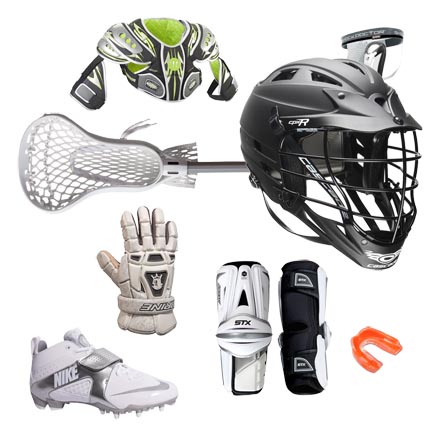
Wireless Headsets
Wireless headset systems allow coaches to communicate with players and assistant coaches in real-time. How do these systems improve team performance? They enable immediate feedback, strategic adjustments, and clear instruction even in noisy game environments.
Tactical Boards and Digital Playbooks
Visual aids are invaluable for explaining complex plays and formations. How are modern coaches leveraging technology in this area?
- Waterproof tactical boards for sideline adjustments
- Digital playbook apps for easy play distribution and review
- Video analysis software for detailed game breakdowns
By combining traditional coaching methods with these advanced communication tools, lacrosse teams can develop a more cohesive and adaptable playing style.
First Aid and Safety Equipment: Preparing for the Unexpected
While prevention is key, being prepared for injuries is an essential part of responsible coaching. What first aid and safety equipment should every lacrosse team have on hand?

- Fully stocked first aid kit
- Ice packs and heat packs
- Athletic tape and scissors
- Splints and slings
- Automated External Defibrillator (AED)
- Emergency contact information for all players
How can coaches ensure they’re prepared to handle injuries? Regular first aid and CPR certification for coaching staff is crucial. Additionally, establishing clear emergency protocols and communicating them to all team members can make a significant difference in crisis situations.
Hydration and Nutrition Supplies
Proper hydration and nutrition are vital for player health and performance. What should teams include in their sideline setup?
- Water bottles and portable water stations
- Electrolyte replacement drinks
- Healthy snacks for quick energy
- Shade structures for hot weather conditions
By prioritizing player well-being through comprehensive safety measures and proper nutrition, coaches can create an environment where athletes can focus on performing at their best without undue worry about their health and safety.
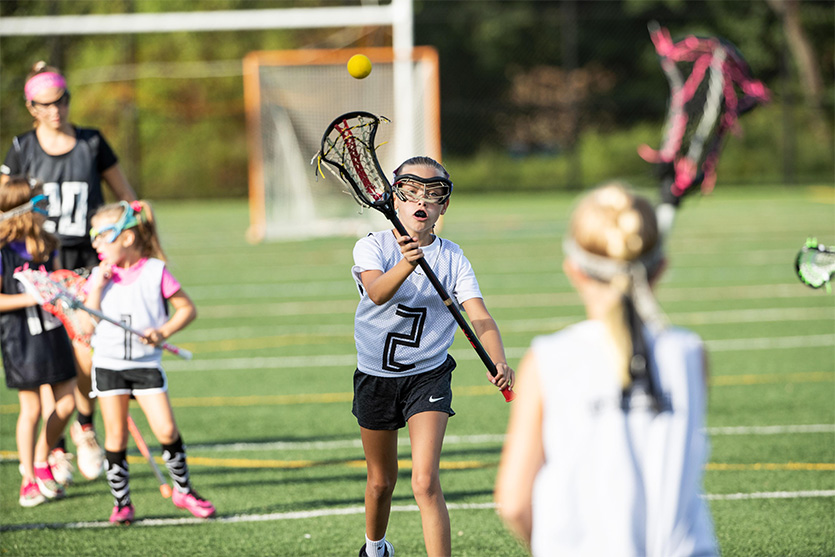
High Quality Helmets Protect Players During Training
Having the right lacrosse helmet is crucial for player safety during practices and games. A high quality helmet designed specifically for lacrosse absorbs impact and helps protect against traumatic brain injuries. When fitting players for helmets, coaches must ensure proper size and fit – an ill-fitting helmet with gaps can expose players to serious risk. Most youth and high school programs require NOCSAE certified helmets that meet performance standards for impact absorption. Top brands like Cascade and Warrior engineer cutting edge helmet tech for optimal protection. Features like interchangeable liners allow custom fit while integrated ventilation channels, antimicrobial padding, and moisture wicking materials keep players cool and sweat-free. Some companies offer high-end titanium face masks for expanded vision. Face mask attachments even allow coaches to clip on GoPro cameras to analyze mechanics and positioning. With girls’ lacrosse often prohibiting full headgear, specialized eyewear like the Cascade LX have gained popularity for protecting eyes and orbital bones from dangerous stick checks. Ultimately, proper lacrosse helmet fit along with regular inspection and replacement every 2-3 years helps minimize head and face injuries during intense on-field action. Coaches must lead by example, wearing helmets themselves and promoting a team culture focused on safety.
Sticks Engineered for Optimal Ball Control and Passing

Having the right lacrosse stick is vital for players to develop proper handling and passing techniques. Sticks come in different designs for specific positions – attackmen traditionally use shorter sticks for quicker cradling and shooting while defenders rely on longer poles to intercept passes and checks. Advanced sticks today are engineered with precision features for optimal ball control, handling, and passing accuracy. Offset heads with scooped sidewalls create deeper pockets for cleanly cradling and retaining possession. Composite shafts made of lightweight carbon fiber mixed with resin boost power and precision while reducing fatigue. For youth players, crosses with wider heads and shallower pockets help in initially learning to catch and pass. Experienced midfielders benefit from sticks with a mid-range design ideal for both offensive and defensive roles. Stringing the lacrosse stick is both a science and an art – tighter stringing in the upper third improves accuracy while looser strings below help trap and maintain ball control. Knowing proper stringing techniques allows coaches to restring sticks with the right pocket tension to suit each player’s ability and needs. Testing different head and pocket styles helps determine an ideal fit based on player position, skill level and personal preference. Coaches must ensure sticks meet regulations for overall length based on age as well as inspect for fraying grips or illegal modifications. Mastering lacrosse stick fundamentals gives players the tools to develop into well-rounded players capable of moving the ball quickly upfield or charging the crease with confidence.
Protective Pads Prevent Injuries During Competitive Play

Lacrosse is a high-intensity full contact sport, so wearing properly fitted protective gear is essential for player safety. Pads protect vulnerable areas like shoulders, arms, hands, ribs, and legs from the bruising impacts and checks dished out when battling for ground balls or attacking the goal. Goalies in particular rely on an arsenal of padding to cover their torso, thighs, knees and shins when standing in the line of fire. High-quality pads utilize lightweight foams, plastic caps, and vented compression sleeves to absorb and diffuse the forces from body blows. Moisture-wicking fabrics keep players cool under all that padding. For youth leagues, bulkier and more protective pads level the playing field for players of disparate size and physical maturity. Proper pad sizing involves measuring key contact points like chest, shoulder width, arm length, and knee caps. Ill-fitting pads with gaps or slipping can expose players to nasty stingers and slashes. Some players add elbow pads for extra coverage though most opt for more flexibility. Broken-in pads will mold to a player’s body over time for better comfort and responsiveness. Coaches must enforce wearing pads at all times, setting a zero-tolerance policy for renegade players tempted to ditch pads for greater speed and agility. Pads may restrict mobility to a degree, but promoting a team culture focused on safety helps ensure players can give their all out on the field without fear of injury.
Goalie Gear Creates a Barrier to Save Shots on Goal
The goalie occupies the hottest hotspot on the lacrosse field, standing alone as the last line of defense against blistering shots on net. To protect against point blank cannonballs clocking over 100 mph, goalies wear specialized padding and equipment engineered to absorb impacts and block attempts. Chest and arm protectors buffer the core and limbs while beefed up helmets with full face masks provide head and neck coverage. Most vital is the goalie stick which acts as an extension of the player to disrupt shots. Wider heads, effective blocking areas and angled sidewalls assist stopping low to high shots. Stabilizing thumb straps allow firm grip when extending for dramatic saves. Leg padding is essential as goalies kneel, squat and hurl their bodies in front of whistling rubber. Oversized knee, thigh and shin guards cushion against painful stingers. Most goalies wear football style cleats for traction when moving laterally across the crease. Protective athletic cups also give an extra layer of protection from point blank range rip shots. Goalie gloves feature thick foam padding across palms and fingers to bat away blistering overhand shots. Advanced glove technologies like Gorilla Gold foam increase protection and responsiveness. During training, coaches must ensure goalies properly break in equipment for maximum performance. Additional gear like armadillo skin chest protectors and shoulder/bicep float pads allow goalies to call the pipes their home.
Cleats for Traction and Speed on Artificial Turf Fields
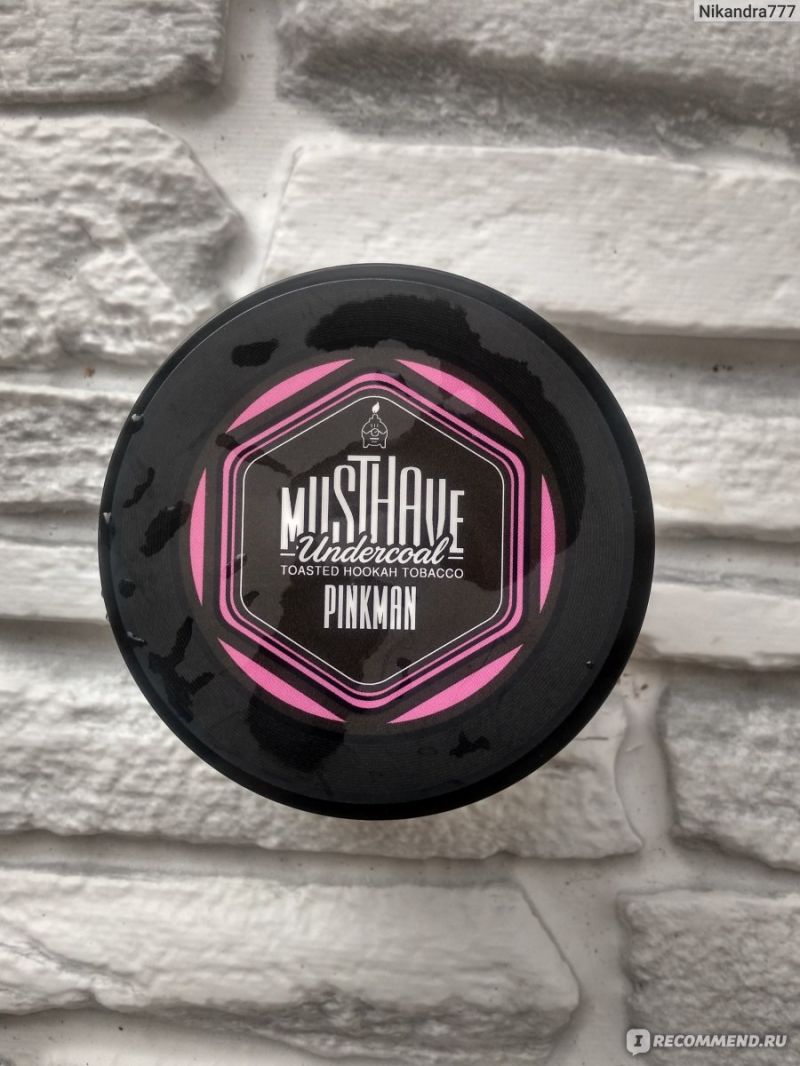
Having the right cleats provides lacrosse players with the traction and acceleration needed to cut, pivot, and explode across the field. Most lacrosse today is played on long-pile synthetic turf, so cleats must grip plastic blades while providing stability during quick changes in direction. While some midfielders opt for detachable studs to dig into grass fields, molded and turf shoes excel on the artificial surfaces taking over the game. Cleats with numerous short studs release easily on turf for lightning fast starts and stops. Strategically placed traction pads also prevent slippage for lateral cuts to shake defenders. Low-cut designs increase maneuverability while ankle support stabilizers boost stability when juking downfield. Lightweight synthetics and breathable uppers keep feet comfortable during intense competition. For added protection, high top and mid top cleats feature integrated ankles braces and padding. Position-specific cleats are also available – attacks benefit from nimble shoes with responsiveness for dodging while defenders rely on stability for shadowing opponents. Goalies need shoes that provide torsional support when reacting across the crease. Proper cleat fit reduces blisters and foot fatigue – many brands offer wide sizes to accommodate lacrosse players’ broad feet stuffed into narrow cleats. Coaches must monitor traction and wear, watching for cracked or worn-down studs which compromise performance and heighten injury risk. With new turf shoe tech advancing each season, dialing in the optimal cleats gives players a leg up on outmaneuvering the opposition.
Lacrosse Balls for Accurate Throwing and Catching Drills
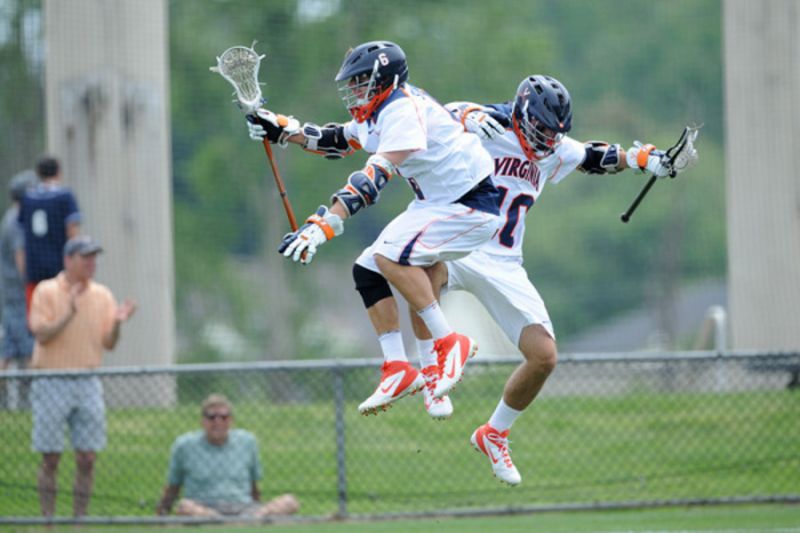
Having quality lacrosse balls is essential for executing fundamental drills focused on improving throwing, catching, and scooping skills. Lacrosse balls are made of solid rubber and bounce and play much different than tennis balls and other foam training balls. The extra weight helps strengthen players’ hands and improve handling. Optimal ball sizes vary by age and skill level – younger players start with larger soft lacrosse balls before graduating to smaller, harder regulation balls. Softer balls are more forgiving for developing hands-eye coordination and stick work. Leather lacrosse balls offer premium touch and control once players are ready. Advanced players utilize ball bags with multiple lacrosse balls during repetitive passing, catching, and scooping drills to accelerate skill-building. Coaches should inspect balls regularly for exterior damage which impacts performance. Exposure to heat and humidity causes balls to become sticky and misshapen over time. Carrying extra practice balls ensures clockwork substitutions when balls go astray over fences or into neighboring yards. Shooting drills require nets or rebounders to save wear-and-tear on practice balls. Premium NOCSAE balls approved for game use are precision molded for optimum moisture wicking, grip and flight consistency. While temptation looms to scoop leftover hardballs from adjacent baseball fields, only regulation lacrosse balls provide the consistent response needed to ingrain proper technique and hand-eye coordination through repetition.
Training Cones Help Set Up Effective Practice Drills
Utilizing training cones allows coaches to set up dynamic practice drills that build players’ technical skills and lacrosse IQ. Vibrant colored cones make it easy to designate shooting angles, passing lanes, dodging alleys, defensive positioning, and more. Having enough cones for the entire team prevents players from bunching up during station work. Sturdy, weighted cones are less prone to toppling over during intense cut and chase drills. Quick-lock cones with heavy bases easily slide together for fast configuration and breakdown. Some feature built-in ball holders to place rolling shots right in a player’s shooting pocket. Large agility cones allow incorporating lateral shuffle and footwork drills. Designating shooting corners, two-man game gaps, pick and rolls, and crease attack points reinforces proper geometry and angles. Defensive drills rely on cones for cues on body position, stick placement, and recovery techniques when beaten. Place passing cones at increasing distances to drill accurate feeds on the run. Position outlet cones for clear drills under pressure. Incorporate cone obstacle courses to build footwork and transitions from offense to defense. Varying cone patterns and placements challenges players to adapt on the fly. Having players set up and lead drills teaches them to think like coaches on the field. Keeping cones looking crisp improves concentration and effort. Carrying a trunk of cones allows a coach to turn any open space into a focused skill development zone.
Agility Ladders Build Footwork and Coordination on the Field
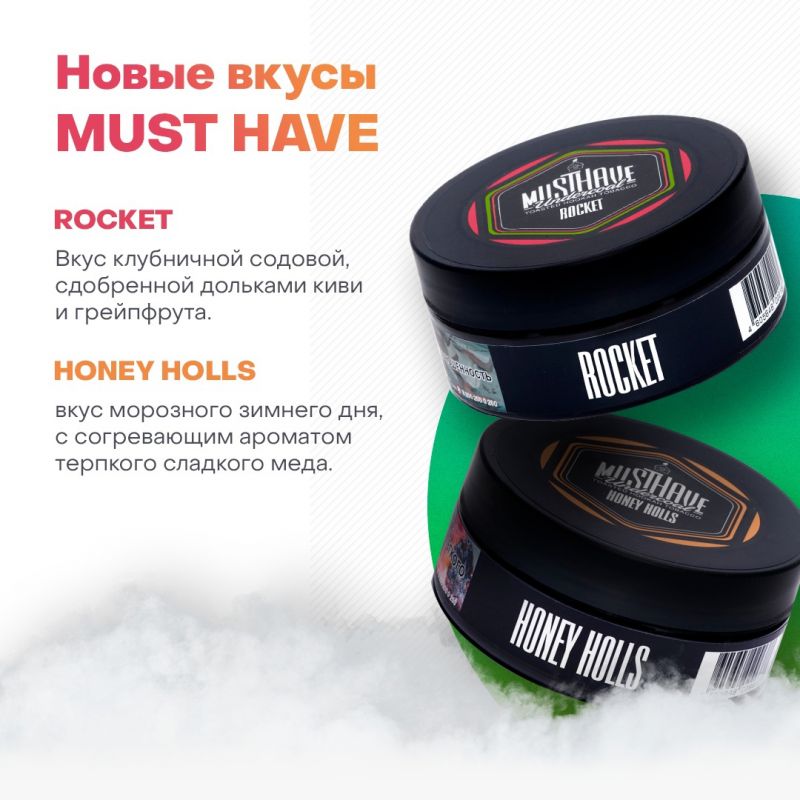
Agility ladders are a staple training tool for honing lacrosse players’ footwork, acceleration, and coordination. The rungs on these portable ladder mats are ideal for executing precise foot patterns to improve quickness and control. Drills like lateral shuffles, high-knees, and grapevine steps reinforce proper running form needed to change pace and direction. Performing routines through the ladder boosts conditioning while challenging athletic balance and body control. Varying patterns keeps players engaged while strengthening stabilizer muscles and preventing injuries. Runners can burst out of ladder drills into full field sprints, working on explosive starts. Defenders benefit most from agility ladders, mirroring quick-step movements needed to shadow dodging attackmen. Incorporating skips, hops, and jumps adds plyometric training for increased power. Running patterns with a partner synchronizes footwork for crisp cuts and handoffs. Coaches can measure speed metrics like splits through the ladder, promoting friendly competition. Portable agility ladders easily secure to turf via hook-and-loop fasteners with some featuring helpful yardage markers. Durability is a concern over time with repeat stomping abuse and storage. Keeping multiple quality ladders in rotation maintains the rapid response when busting moves on the run. Mastering smooth sequences translates into superior change of direction and acceleration to run past defenders and own the field.
Mesh Lacrosse Bags Store Gear Safely After Practice
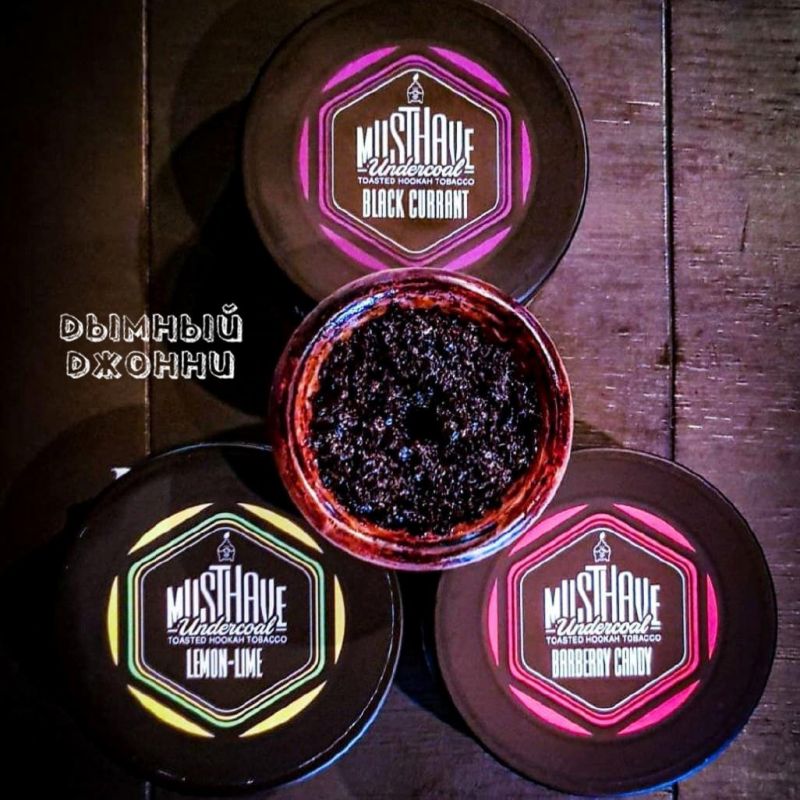
After intense practices and games, players need quality lacrosse bags to haul dirty gear and keep equipment protected. While duffel bags work, they lack ventilation leading to foul-smelling mildew from sweat-soaked pads. Mesh lacrosse bags provide superior airflow so pads dry faster, reducing bacteria and odors. Durable interlocking vinyl coated meshes resist rips and tears while allowing inspecting gear’s condition at a glance. Large main compartments hold helmets, pads, and uniforms while exterior pockets store personal items like phones safely. Padding along the bottom and sides prevents sticks and hard gear from poking through. Built-in wheels eliminate strained shoulders from hefting heavy bags. Backpack straps allow easy transport while grab handles assist lifting in and out of vehicles. Some feature removable laundry bags for sorting soiled practice uniforms. Zippered vent panels accelerate drying time while deodorizing balls help keep bags fresh. Clear ID windows provide visible identification and contact info to recover lost bags. Lucky players might acquire covetedlacrosse bag tags from college recruiters. Coaches should mandate players properly air out bags after each use for longevity. With essential gear often topping over 30 pounds, investing in durable team lacrosse bags helps safely haul the essentials to and from the field.
Water Bottles Keep Players Hydrated Through Intense Games
Staying hydrated is vital for lacrosse players to maintain energy and focus during grueling practices and games played in sweltering early-season heat. Having personal water bottles allows for frequent sips to replace fluids lost through sweat. Compared to shared team water coolers, individual bottles reduce germ transmission while allowingcustomized hydration fuel. Look for BPA-free, shatter-resistant bottles that withstand being tossed in bags and slammed on sidelines. Leak-proof lids prevent spills while carrying loops add portability. Wide mouths accommodate ice for chilling while measurement markers help track daily intake. Dual-wall, vacuum insulated stainless steel bottles maintain cold temps for hours. Players can stash extras in coolers to swap out between quarters. Some feature removable citrus juicers for refreshing vitamin C boosts. Encourage players to flavor water with fruits and electrolytes instead of sugary sports drinks. Engrave or customize bottles with positions or numbers for personal flair. Bottle retention cages attach to helmets or gear for within-reach access. Stock team benches with extra bottles for players who forget their own. Set daily hydration goals based on practice conditions and weigh-ins. Keeping team bottles uniform promotes professionalism and healthy habits. With prolonged activity in heat and equipment causing major fluid loss, portable water bottles help players stay energized and avoid dehydration-induced fatigue and cramps.
First Aid Kits Treat Minor Injuries Right from the Sidelines
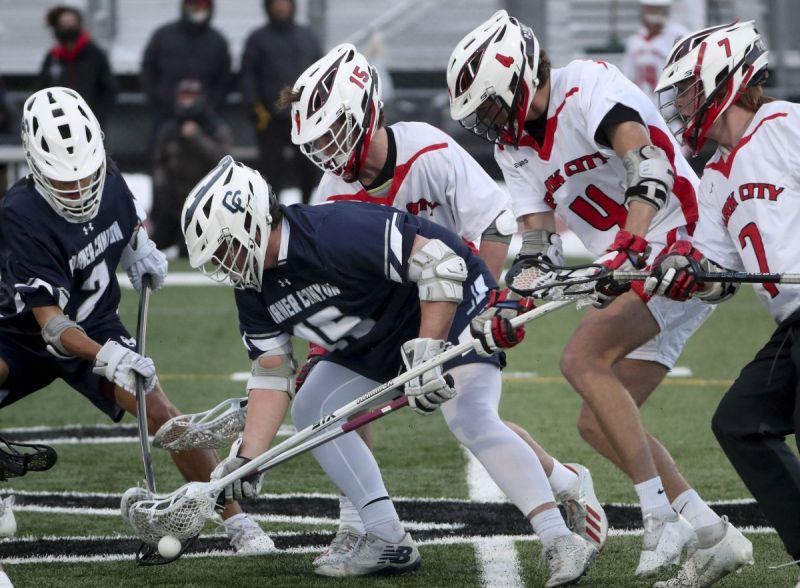
Despite protective gear, lacrosse athletes will inevitably suffer minor scrapes, blisters, and sprains during competition. Equipping team benches and bags with well-stocked first aid kits allows coaches to immediately treat common nagging injuries onsite. Portable cases organize essentials like bandages, gauze, ice packs, latex gloves, antiseptic wipes, and medical tape to clean and cover abrasions from turf or pad burns. Blister care supplies like moleskin patches, toe separators, and lubricating gels help players through pain to finish games when wrapped and protected. Immediate ice pack application reduces swelling from twisted ankles or knees. Topical anti-inflammatory creams soothe minor muscle aches and strains. Medical scissors and tweezers assist removing splinters or embedded rocks from turf. Flexible wraps immobilize injured wrists and digits until further evaluation. While coaches cannot dispense medication, providing OTC pain relief like ibuprofen allows managing discomfort. Cold spray numbs contact injuries from stick or ball shots. Including CPR masks prepares for emergency response. Restock supplies before each game and monitor expiration dates. Report injuries requiring medical attention to trainers. Having basic first aid knowledge and supplies courtside provides fast relief when players refuse to leave the field.
Eye Black Prevents Sun Glare and Visual Distractions
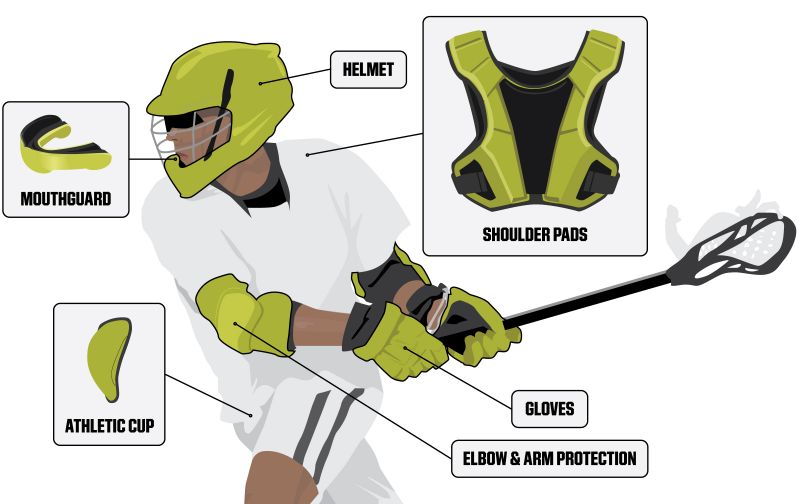
Sun glare can severely hinder lacrosse players’ vision and awareness on bright days, impacting performance. Applying eye black grease or strips helps reduce glare and improve focus in outdoor conditions. Sticky greases like ISlack coat the skin around eyes, absorbing sunlight rays before they cause visual disruptions. Matte finishes prevent shine from sweating that adds more glare. Strips stick to face below the eyes, trapping light to diminish squinting and distractions when tracking erratic bouncing balls. Darker pigments provide the best glare reduction. Waterproof and sweat-resistant formulas stay put through games and humidity. Some brands use natural ingredients like shea butter to moisturize skin and prevent streaking. Youth versions stick without needing sidelines helpers for application. Coaches should advise proper use below eyes, avoiding straying into eyes or hairlines. Alert players to avoid touching face and wiping away eye black once applied. Reapplication is often needed after half-time and for playoff games in peak sun. While a small detail, using eye black across the team presents a uniform, intimidating look. The tactical advantage of reduced glare and improved vision can make the difference on a key ground ball or seeing the next pass a split second sooner. Forgetting eye black leaves players squinting and compromised. Keeping sticks and hands free to catch and throw begins with keeping eyes shaded and focused on the ball.
Whistles Signal Players and Direct Fast-Paced Action
A coach’s whistle is an essential piece of lacrosse equipment for signaling players, stopping play, and controlling game flow. Far louder than shouting, a short crisp blast from a whistle grabs attention instantly. Plastic whistles like the Fox 40 produce shrill tones reaching across fields to cut through crowd noise. Electing a captain’s whistle distinguishes their authority to direct players on the field. Whistles worn on lanyards keep them handy during sprints down the sidelines. Playerscondition to instinctively stop on a whistle blast, freezing mid-play to prevent injuries from continuing live action. Long blows halt play for injuries, penalties, or timeouts. Whistle signals pace key game situations – three short tweets sets up faceoffs while a pairing of two tweet bursts can restart play. Sharp single tweets provide immediate feedback on infractions during practice. Custom whistle combinations call specific set plays. Coaches should map out a whistle language for teams preseason. Consistent whistle usage maintains control and order during chaotic transitional play when stick checks and body contact escalate. Carrying backup whistles prepares for inevitable malfunctions and cracked mouthpieces. Quality whistles project louder and avoid freezing lips like cheaper versions. Periodic cleaning keeps whistles hygienic all season long. There’s no yelling loud enough to capture attention in the heat of battle. The right high-decibel whistle provides the ultimate coaching megaphone.
Clipboards Hold Playbooks and Strategy Notes Closeby

Lacrosse coaches rely on trusty clipboards to keep play diagrams, lineup cards, and scouting notes organized and close at hand. Sturdy wooden or composite clipboards provide a rigid writing surface for tracking stats and making adjustments mid-game. Attached pens prevent losing track of the one working ink. Storage compartments organize spare pens, pencils, and markers for quick substitutions. A few extra paper clips secure stats and info sheets thrashed by wind. Rubber grips allow writing in the rain while metal clips accommodate thick stacks collected over a season. Look for models with storage pockets to also carry a small whiteboard for illustrating plays. For security, choose a clipboard case that can be worn around the neck, freeing hands during intense sideline coordination. Tactical clipboards reveal hidden storage for tablets or fold out easel-style for easy viewing with team huddles. Coaches can customize their clipboard with team logos and slogans. Having all data, stats, and strategy organized in one place streamlines tracking adjustments and matchups needed to counter opponents. Dedicated towel clips offer a spot to hang sweat-drenched rags away from vital sheets. While technology like tablets provides sleeker options, traditional clipboards endure the elements and rough handling in high-pressure games. Keeping pens chained and paper stocks replenished ensures taking notes is always an option when pace quickens and focus narrows to the next ground ball or crease attack.
Stopwatches Track Sprints, Drills, and Game Time Efficiently
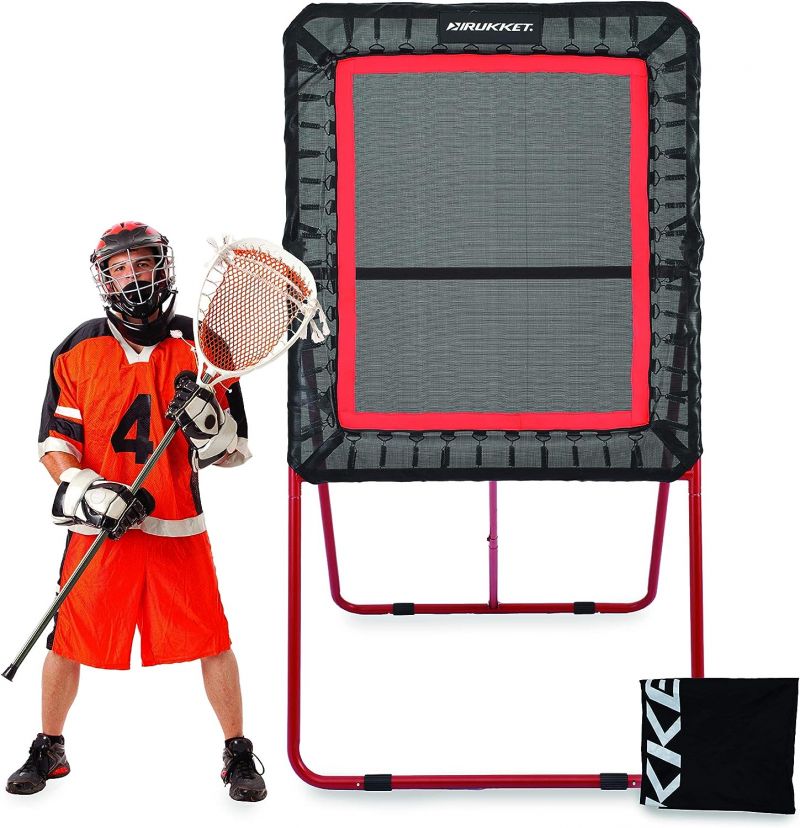
Stopwatches provide lacrosse coaches with a vital tool for tracking and improving drill efficiency, sprints, and player rotations. Timing repetitive drills motivates players to beat personal bests, promoting friendly competition. Splits reveal deficits in footwork or conditioning. Timing line sprints and gassers identifies areas needing improvement to increase footspeed critical in lacrosse. Stopwatches reinforce the importance of maximizing every practice rep. Rotation timers ensure players equally share field time regardless of skill level. Water break and rest interval alarms maintain structure. Waiting until the last ticks before sounding whistles teaches mental toughness to push limits. Stopwatch apps connect to heart rate monitors for quantifying intensity. Reviewing session metrics provides insight on skills or conditioning needing work. Goalies rely on stopwatches to track shot response, save speed, and outlet pass release. Devices with memory recall previous times for comparison. Durable waterproof cases protect from turf and weather. Watches with lap timers allow coaches to capture cumulative stats like ground balls or completed passes during drills for later analysis. Display screens show times even in bright sunlight. Stopwatch accuracy is vital – cheap versions quickly fall out of sync. Carrying multiple synchronized timers divides duties among staff. A stopwatch provides the ultimate unbiased source for performance metrics – letting the numbers speak volumes to inspire continuing progress.